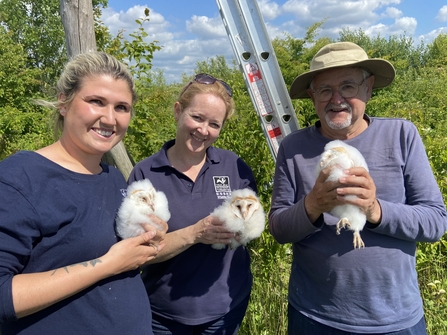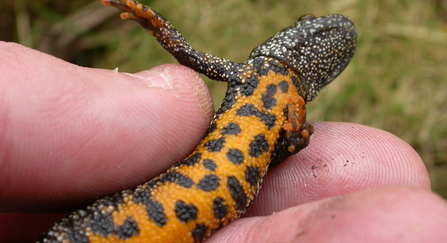Surveying seagrass
Volunteers recently joined our team at St Lawrence in the Blackwater Estuary to undergo training for surveying seagrass, as part of the Essex Seagrass Project. With the help of seagrass expert Dr Tim Gardiner, the group learned to identify eelgrass (the species that predominantly makes up our seagrass meadows). Volunteers will be surveying areas local to them to help us monitor the presence of seagrass and understand the pressures facing them. This data will help us to inform the future restoration of seagrass in Essex.




